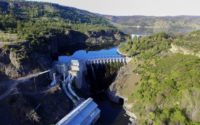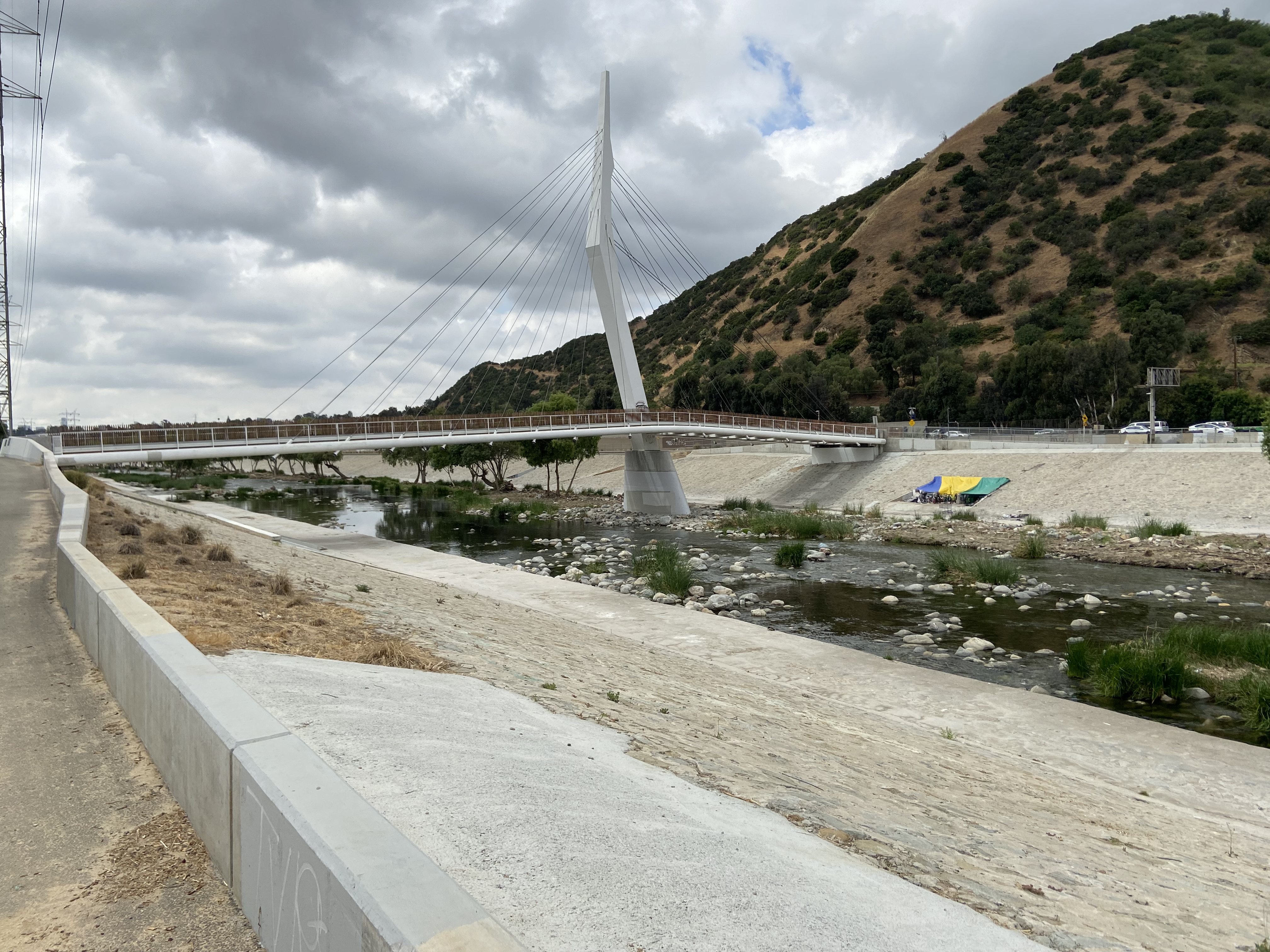Infrastructure
Corps Project to Deepen Mississippi River Heads Toward Final Phase

Photo courtesy of the Port of New Orleans
A $238-million effort to deepen the lower Mississippi River ship channel to allow ships a 50-ft draft passed a key milestone last month as ships began using a new 48-ft draft standard. This change in the “controlling draft” of the river is the first since that standard was set at 47 ft in the 1980s.
Dredging operations launched by the U.S. Army Corps of Engineers (USACE) in 2020 have succeeded in lowering the first 172 miles of the Mississippi River Ship Channel to a minimum depth of 53 ft, so ships with a 50-ft draft can safely navigate the waterway up to the Port of South Louisiana.
In December, the three pilot associations on the lower river increased the maximum draft recommendation to 48 ft and ships began using the new standard shortly afterward. The pilot associations will continue lowering the maximum drafts by single feet increments until reaching the 50-ft target.
“The pilots are actively reviewing all data, including channel surveys, because decisions to advance a 50-ft channel are a top priority,” says Sean Duffy, executive director of the Big River Coalition.
The project is a cooperative effort undertaken by the USACE, the state of Louisiana and the Port of New Orleans. When fully completed it will allow passage using the 50-ft standard on the lowest 256-mile stretch of the river from the Gulf of Mexico to Baton Rouge. This project will provide deep-draft access for four major ports: The Plaquemines Port, Harbor and Terminal District, the Port of New Orleans, the Port of South Louisiana and the Port of Baton Rouge.
The new draft standard will permit larger “Post Panamax” shipping vessels to utilize the waterway and access the ports on the lower river. In 2018, the USACE estimated that the boost to trade would result in an average boost to the national economy of $127.5 million a year.
The deepening project was launched in September 2020. The $110 million first phase involved lowering the ship channel depth from 45 ft to 50 ft from the Gulf of Mexico through Southwest Pass to Belmont Crossing. Material dredged from the first 30 miles of the project near the mouth of the Mississippi River are being reused to restore approximately 1,462 acres of marsh habitat. This work was completed in May last year.
In October, work on the $47.5 million Phase Two was completed through the lowermost four crossings between mile 113 and mile 175 to 50 ft. Five additional crossings above this point remain to be dredged – work the USACE expects to complete by the end of this year. For both initial phases, federal funds accounted for 75% of the cost and non-federal sources provided the rest, says Jessica Ragusa, Port of New Orleans' communications manager.
Although the lowest 172 miles of the ship channel were dredged to the proper depth, the new draft standards for pilots using the waterway were delayed due to the difficulty of identifying the location of four pipelines: two at Venice Corridor and two at Mile 158. While these pipelines are all below the riverbed, their precise depth must be ascertained to ensure safe passage in the ship channel, Duffy explains.
USACE completed the initial surveys in early December and subsequently made recommendations for the new standard draft depth to the three pilot associations on the lower river: The New Orleans-Baton Rouge Steamship Pilots Association, Associated Branch of Pilots of the Port of New Orleans and the Crescent River Port Pilots Association (CRPPA).
“We are working to confirm depths of utility crossings at Venice and work with the pilots’ associations to establish the 50 ft draft,” says Ricky D. Boyett, Jr., chief of public affairs for USACE New Orleans. “The USACE Engineers Research and Development Center deployed survey technology to the area this month to support this effort.”
The final phase of the project will involve relocating or deepening up to six utility pipelines in the remaining 30 miles to Baton Rouge. Boyett says this work is slated to begin in June 2023. Currently, the maximum draft for section of the ship channel remains set at the original 47 ft standard. This work is estimated to cost $80.2 million, split 50-50 by the pipeline owners and other nonfederal funds.
The work on the lower river comes as efforts are underway to improving the navigation channel much further north. USACE has begun planning for navigational improvements on the critical waterway. In January, the Corps announced that $732 million of the approximately $14 billion it was allocated from the federal infrastructure bill would be directed to expanding the lock and dam system on the river.
The corps will use the funds to complete design and construction of a replacement for Lock and Dam 25 on the upper Mississippi River at Winfield, Mo., adjacent to an existing one at the location. When completed, the locks will allow two-way traffic and permit the passage of larger vessels. The current lock opened in 1939 and has a 600-ft chamber. The new planned lock will be twice that length, allowing passage of 15-barge tows. The project will take between five and seven years to complete, officials say.




